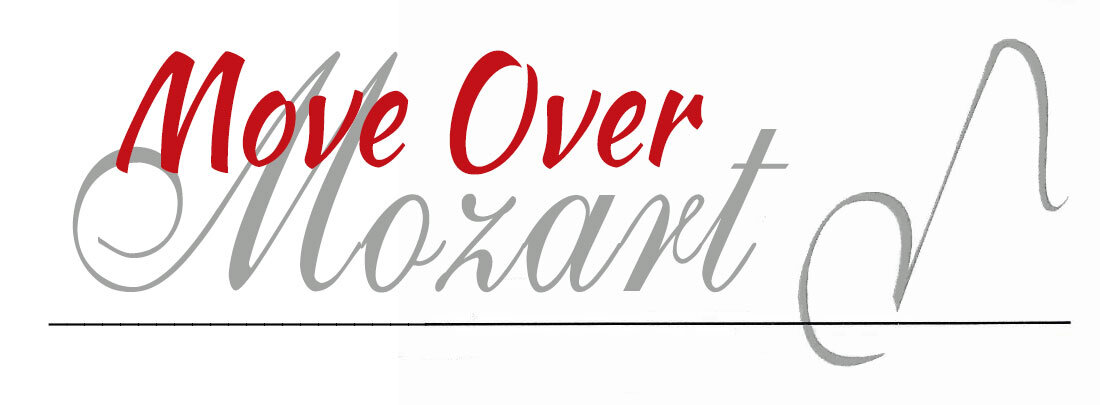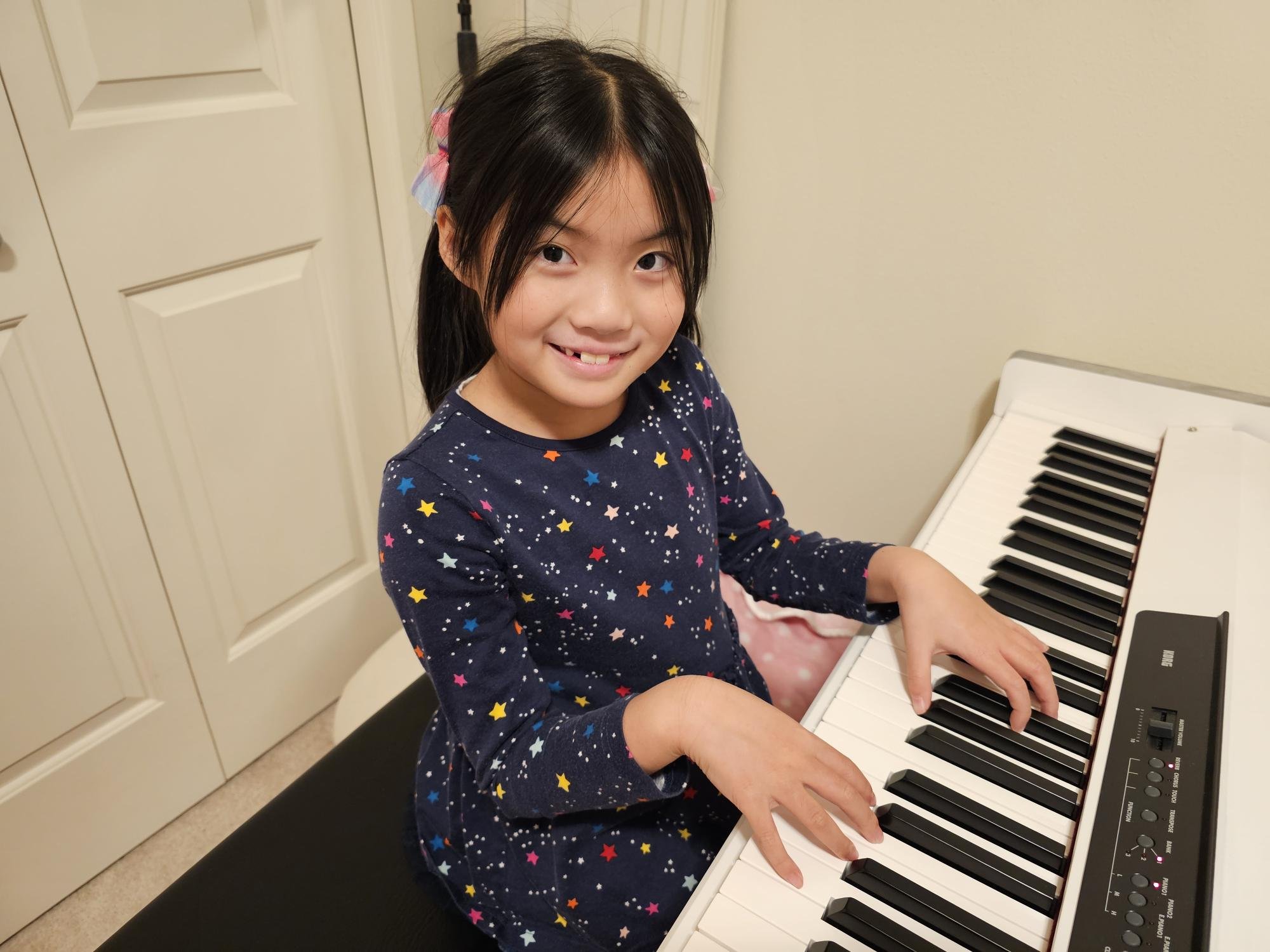
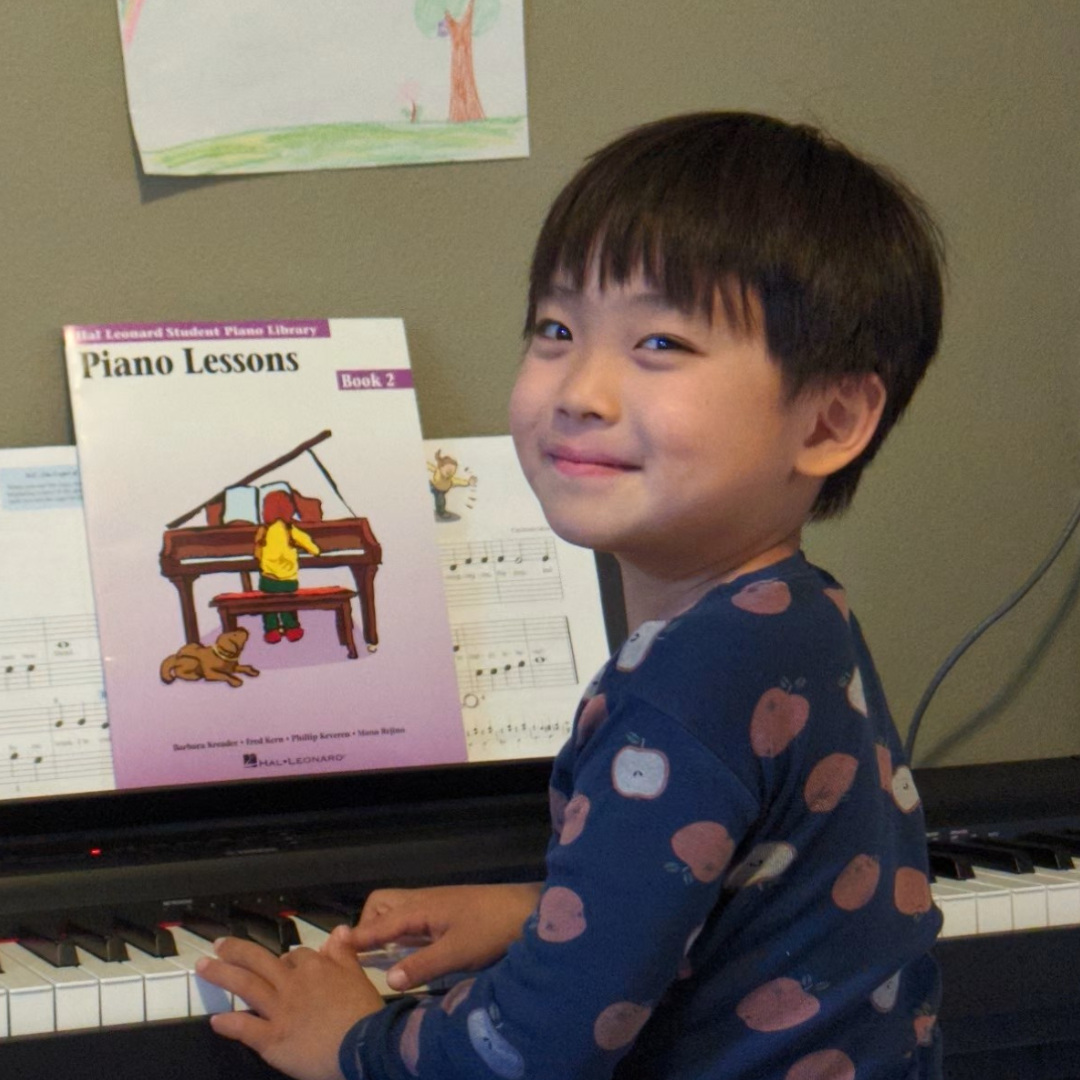
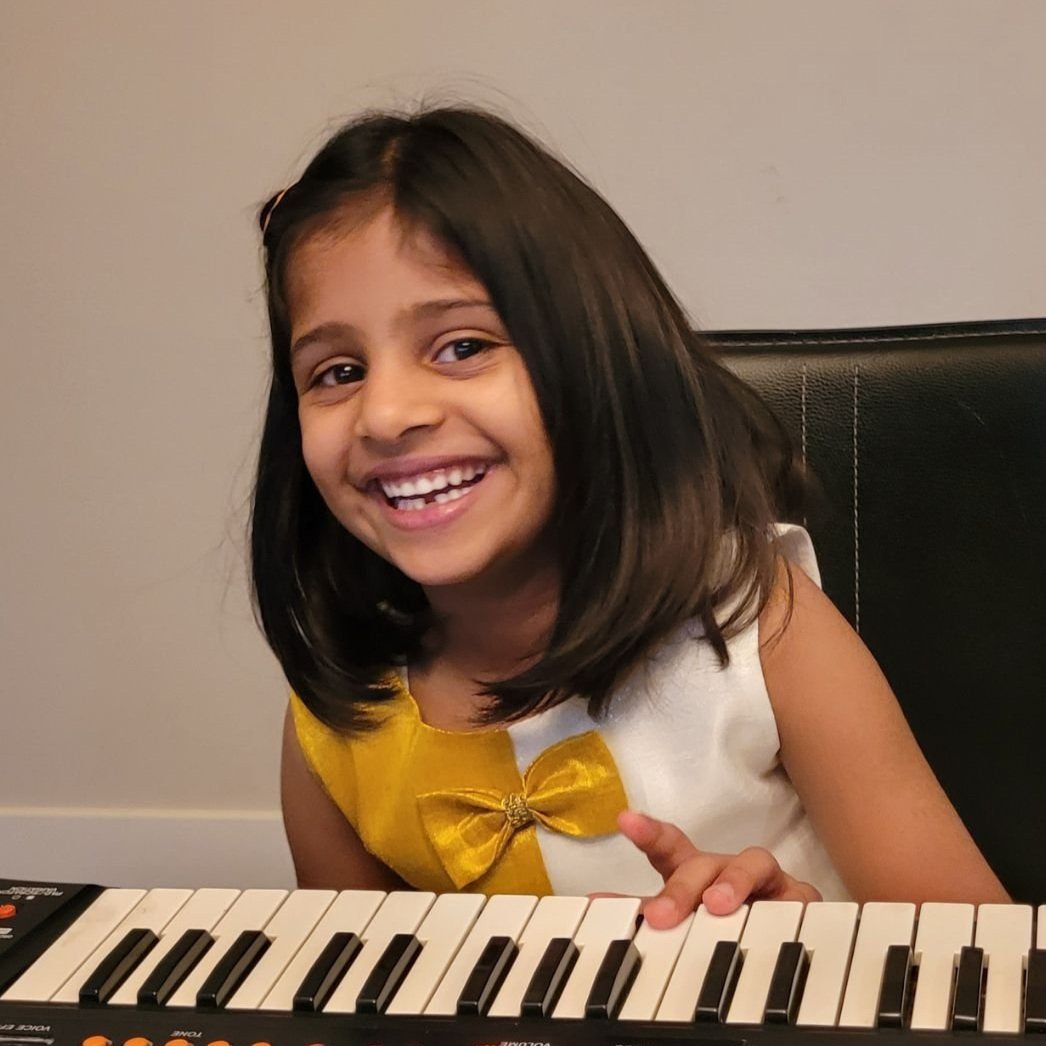
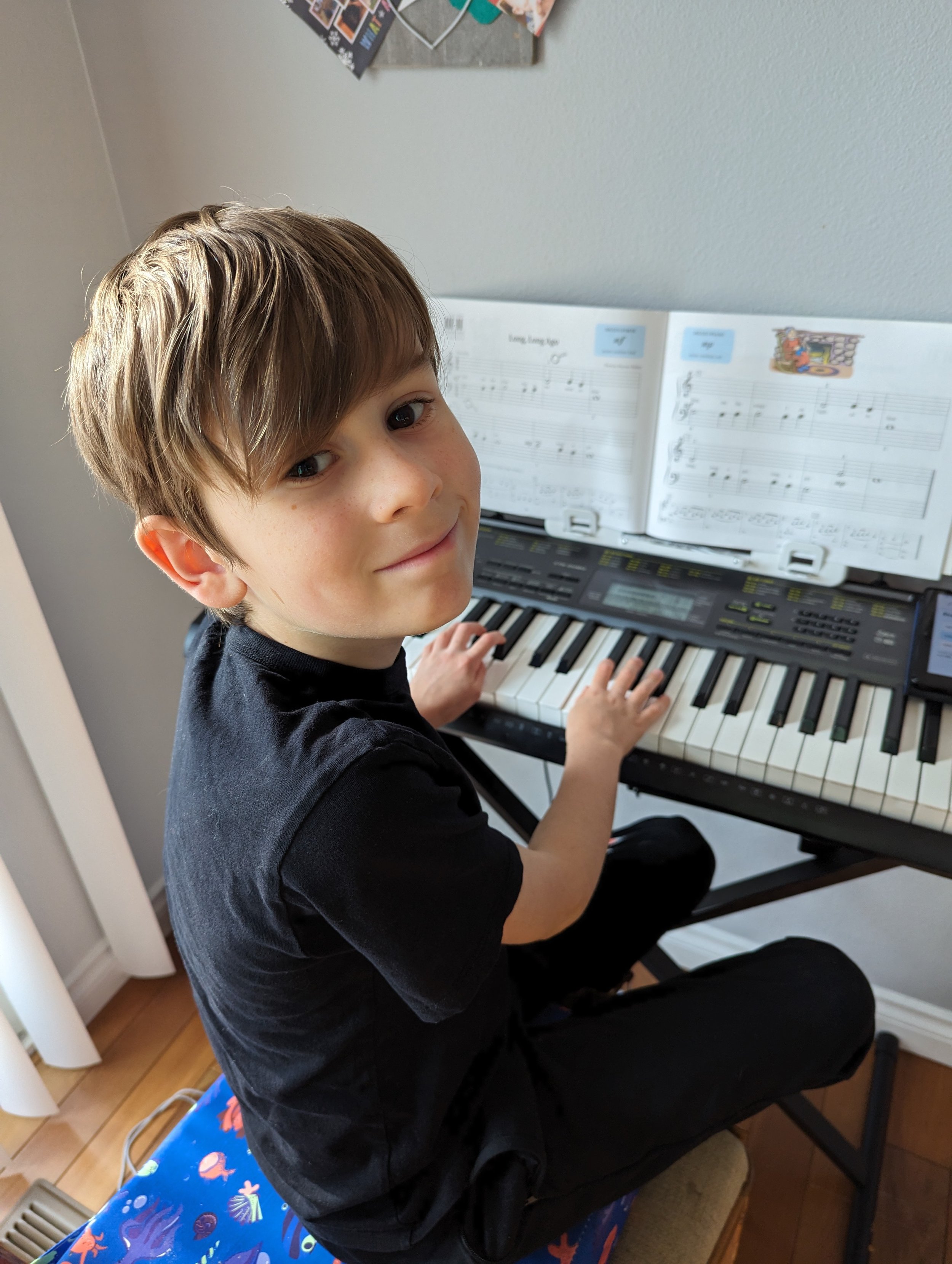

Mozart’s Memos
Want an article about something specific? Now you can search with keywords. Try, “practice technique,” “piano purchase,” or “piano tuner” to get specific articles about a topic.

Purchasing a Keyboard or Piano (Part 2 of 2) - Volume 19
Feature Article - Purchasing a Keyboard or Piano (Part 2 of 2)
Last month I gave features to look for when making your keyboard purchase. However, if you have a choice, I would ALWAYS choose the piano over the keyboard. Number one reason? It sounds better!
Keyboards get their sound by recording someone playing a concert grand. Nicer digital pianos will have several recordings for each key, while the more inexpensive keyboards will have much less. Each key on a piano has at least 35 points of adjustment, meaning an accomplished pianist can create multiple sounds from each key just by the way it is touched and played. A simple example would be by playing staccato. A keyboard has a certain amount of reverb programmed into each key, making it impossible to play a true, quick staccato. On a piano, there are various degrees of staccato depending on how crisp and short the note should be played. Students that learn solely on a keyboard are at a huge disadvantage in their technique and quality of sound.
Aside from this, here are some other pros of the piano versus a keyboard.

Purchasing a Keyboard or Piano (Part 1 of 2) - Volume 18
Feature Article - Purchasing a Keyboard or Piano (Part 1 of 2)
This two-part article will give you specifics to look for when making the decision to purchase your instrument. Today I will focus on purchasing a keyboard. Next month will focus on purchasing a piano.
In today's academically competitive environment, many parents recognize the value of music education for their child. However, purchasing a piano for piano lessons is not always a viable option. There are many pros for having a keyboard instead of a piano. But, be careful! There are some keyboards that will actually hinder your child's ability to play!
